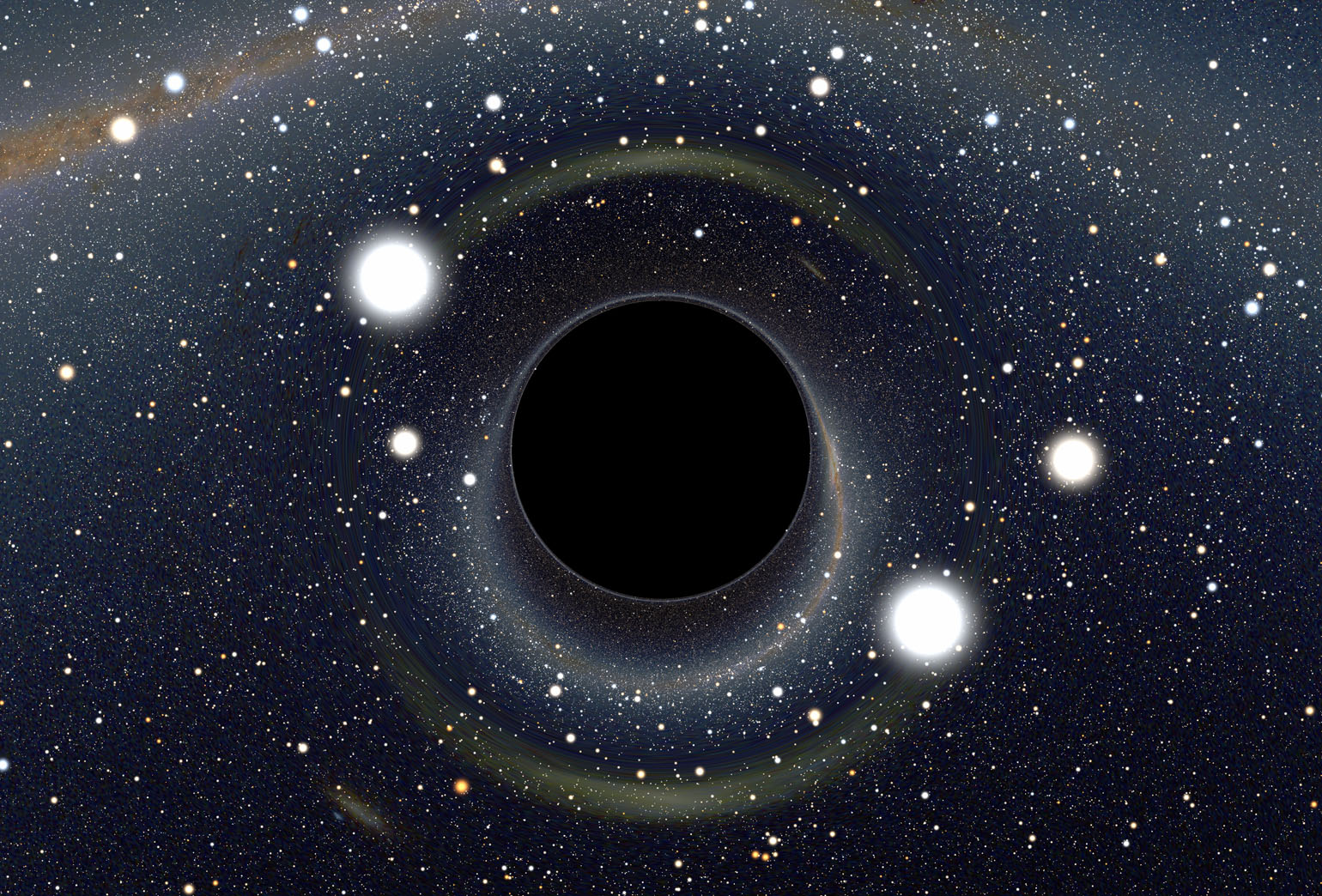

Its principal targets include gamma-ray bursts and regions in the Universe thought to contain black holes. Integral – or the International Gamma- Ray Astrophysics Laboratory – is the first space observatory that can simultaneously observe objects in gamma rays, X-rays, and visible light. Then in 2021, ESA’s XMM-Newton saw X-ray light from behind a black hole, enabling them to study the processes taking place on its far side. A black hole merger was first detected in 2015 by LIGO, the Laser Interferometer Gravitational-Wave Observatory, which measured the gravitational waves created by the giant collision.Īs for the first direct image of a black hole, in 2019 the Event Horizon Telescope captured a black hole’s dark silhouette cast against light from matter in its immediate surroundings. However, they remained a theoretical curiosity for almost three centuries until space telescopes could finally probe the highly energetic X-ray emission from the stars and gas in the vicinity of these extreme objects.Įinstein also predicted gravitational waves – ripples in the fabric of space-time emitted during the most powerful events in the Universe, such as pairs of black holes coming together and merging. Following this assumption, Michell predicted that a star 500 times wider than the Sun would have such a strong gravitational field that even light could not escape. In 1784 John Michell argued that if light was indeed a stream of particles (as Isaac Newton’s theory suggested), then it should be influenced by gravity. But thanks to state-of-the-art space missions developed by ESA and other science agencies, we are gradually uncovering the secrets behind how black holes form, evolve and behave.īlack holes were predicted by Albert Einstein through his general theory of relativity in 1915, but the idea of a black hole is actually much older. Observing black holes Pair of coalescing black holesīecause light cannot escape a black hole, these objects can only be spied indirectly as a result, they are difficult to study and therefore have remained somewhat mysterious. In 2018, XMM-Newton was used to discover the best intermediate-mass black hole candidate observed so far, and finding more intermediate-mass black holes is one of the big goals of ESA’s LISA mission. The answer is likely to be medium-sized (intermediate-mass) black holes, which grow more quickly to become supermassive black holes. But space telescopes such as Hubble and ESA’s XMM-Newton have observed supermassive black holes in the early Universe, where they wouldn’t have had time to grow from small stellar mass black holes. In the past it was believed that supermassive black holes started as stellar mass black holes that accreted matter over time. Their enormous gravity causes nearby stars and gas to swirl around them, getting closer and closer… this ‘accretion’ of matter onto the black hole powers some of the most energetic objects in the Universe, including quasars and blazars. We know that supermassive black holes lurk at the centres of most galaxies, including the Milky Way. There are many remaining mysteries surrounding black holes, one being that they seem to be either ‘stellar mass’ (a few times the mass of the Sun) or ‘supermassive’ (millions, if not billions, of times the mass of the Sun). Future ESA missions such as Webb, LISA and Athena, could help prove or disprove these theories. Other black formation theories exist, for example that most black holes formed immediately after the Big Bang. Eventually a point is reached when even light cannot travel fast enough to escape – this is a black hole. If the compact core that remains is more than three times the mass of the Sun, it is crushed into a smaller and smaller volume, its gravitational attraction increases, and its escape velocity becomes larger. When the outer layers fall onto this compact core, they bounce back and are expelled into space as a supernova. But larger stars with iron cores begin to collapse, starting with the innermost layers. Stars up to about ten times the mass of the Sun expand to become red giants and then white dwarfs surrounded by planetary nebulas (which have nothing to do with planets). Eventually, the star has no material left that can be transformed into energy, but what happens next depends on the size of the star. During a star’s lifetime, it produces energy by fusing heavier and heavier elements in its core.


 0 kommentar(er)
0 kommentar(er)
